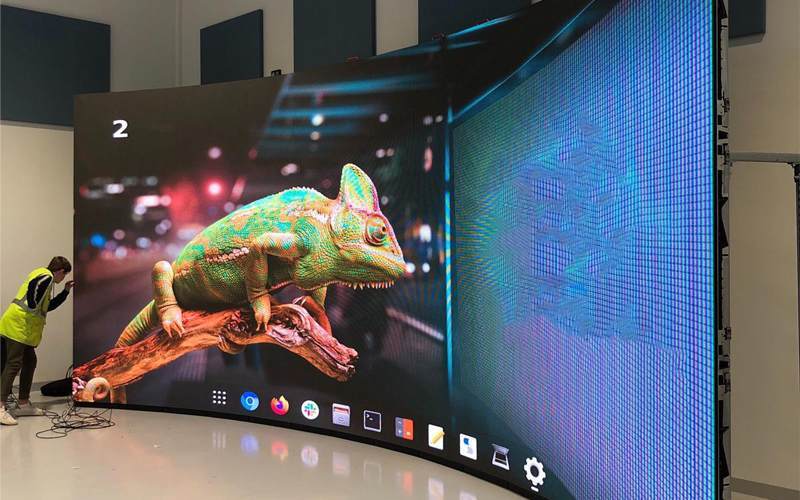A Thorough Analysis of Different LED Display Screen Technologies and Their Uses
A Thorough Analysis of Different LED Display Screen Technologies and Their Uses
Blog Article
LED video walls have become increasingly common across different environments, including music events, athletic events, as well as corporate presentations. These large displays consist of made up of many small LED modules which work together to create a single cohesive image. Various multiple kinds of Light Emitting Diode video screen technologies on the market, each with its own features and advantages. Grasping these technologies technologies can help businesses and organizations choose the right solution for their particular requirements.
One frequent kind of LED video wall technology is the direct view Light Emitting Diode. Such technology uses separate Light Emitting Diode units which are arranged near together to form a large screen. Directly viewed LED walls are recognized for their elevated luminosity and vibrant hues, making them ideal for outdoor activities or brightly illuminated settings. They also have a wide viewing perspective, which indicating that viewers can view the display distinctly at different locations. Such makes direct view Light Emitting Diode screens a popular choice for stadiums and external events.
Another type of Light Emitting Diode video screen technology is the LED illuminated Liquid Crystal Display. Such technology combines traditional Liquid Crystal Display displays with Light Emitting Diode illumination for improved luminosity as well as hue precision. LED-backlit Liquid Crystal Displays are commonly used in indoor environments, including retail centers and conference spaces. These displays provide excellent image clarity and are generally more affordable than direct view Light Emitting Diode screens. Nonetheless, they may not perform as effectively in bright environments, since the backlighting can sometimes dull the hues.
Another third choice is the OLED video screen. OLED technology offers superior differentiation as well as hue depth in relation to other types of displays. Each pixel in an Organic Light Emitting Diode display produces its individual light, allowing for true blacks and lively colors. Such renders Organic Light Emitting Diode video walls particularly appealing for applications that demand premium images, including gallery galleries or high-end shopping outlets. However, Organic Light Emitting Diode technology can be more expensive while may often be as bright as direct view Light Emitting Diode walls, making it less suitable for outdoor applications.
Along with these options, various also various uses for Light Emitting Diode display walls. They can be used for advertising, entertainment, as well as data presentation. view it For example, businesses often utilize Light Emitting Diode display screens for digital signage to attract clients as well as promote goods. Within entertainment, they enhance the sight encounter at concerts as well as events, providing dynamic backdrops and engaging visuals. Within business environments, LED video screens can be used for presentations, video conferencing, and educational programs, helping to convey information through a visually attractive manner.
In conclusion, LED video walls come in different technologies, every having its own advantages as well as uses. Directly viewed LED screens are ideal for outdoor applications, while LED-backlit LCDs are more appropriate for interior environments. OLED display walls offer exceptional image clarity yet may be at a greater price. Understanding the differences differences can help organizations make knowledgeable decisions about the best type of Light Emitting Diode video wall most meets their requirements, whether it be for advertising, entertainment, and corporate applications.